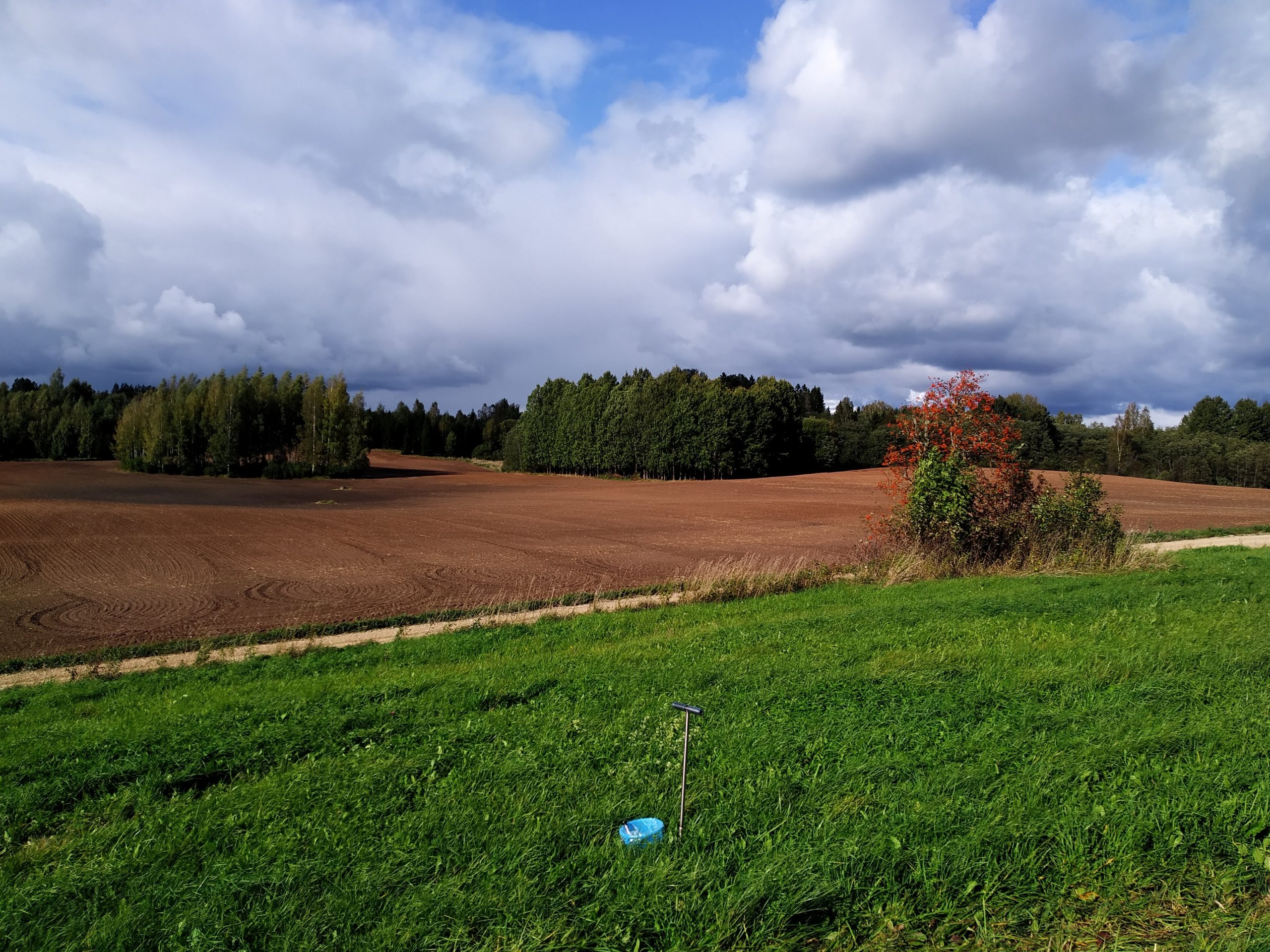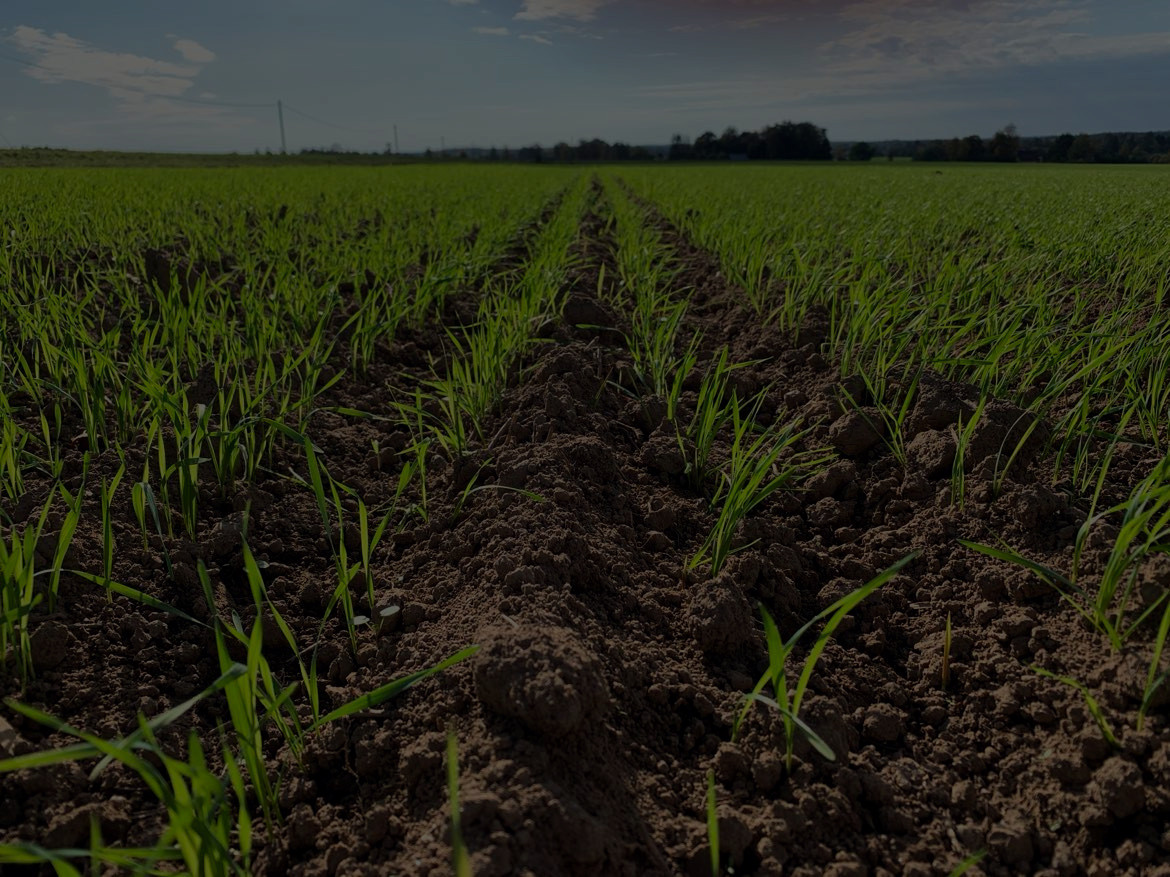
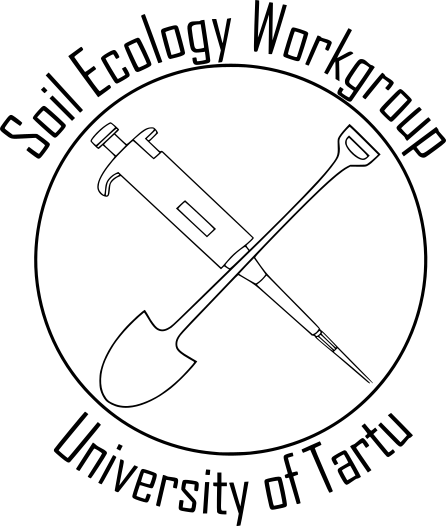
We connect basic science with practice and create evidence-based management guidelines to help maintain and restore soil biodiversity.
We are interested in patterns of soil biodiversity and its variation in natural and human-influenced systems. Our special focus is on fungi, including mycorrhizal fungi, but also bacteria, greenhouse gases and agricultural land-use.

NEWS
-
Integrating ecological theory and agroecosystems – natural experiments as useful tools in ecology
Tanel gave a talk at the annual conference of the Institute of Ecology and Earth Sciences „Green Transition and Smart Solutions: Science for a Sustainable Future“, which took place on November 28th, 2025 in Oecologicum. He explained the suitability and importance of natural experiments and introduced several studies he has conducted in the past years. […]
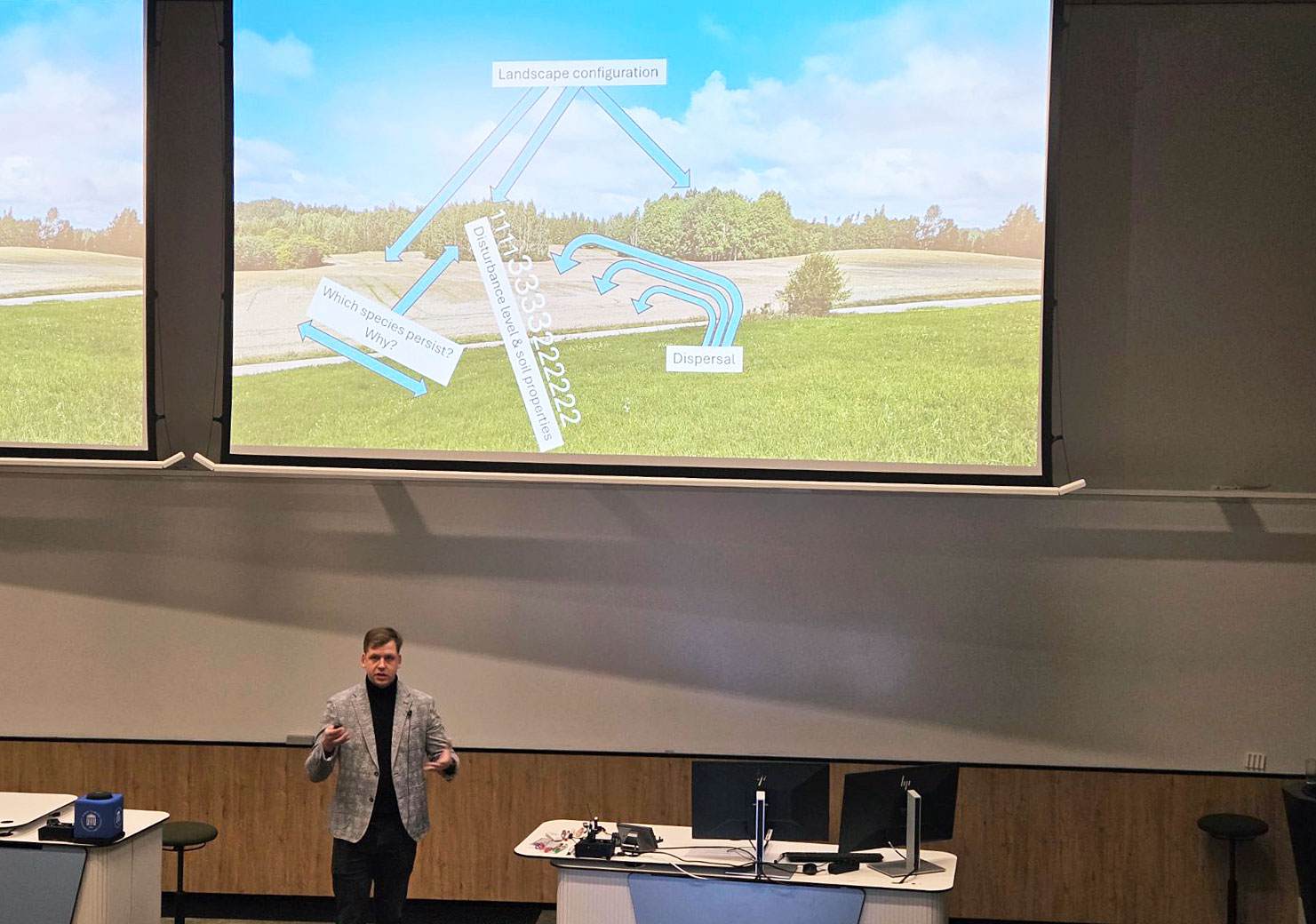
-
Tanel Vahter started his postdoc studies at the University of Helsinki
We are excited to announce that Tanel has started a postdoctoral fellowship funded by the Marie Skłodowska-Curie program at the University of Helsinki, where he works in the Spatial Foodweb Ecology group led by Professor Tomas Roslin. His postdoctoral fellowship will last from 2025 to 2027. Tanel’s research in Helsinki focuses on how past land […]
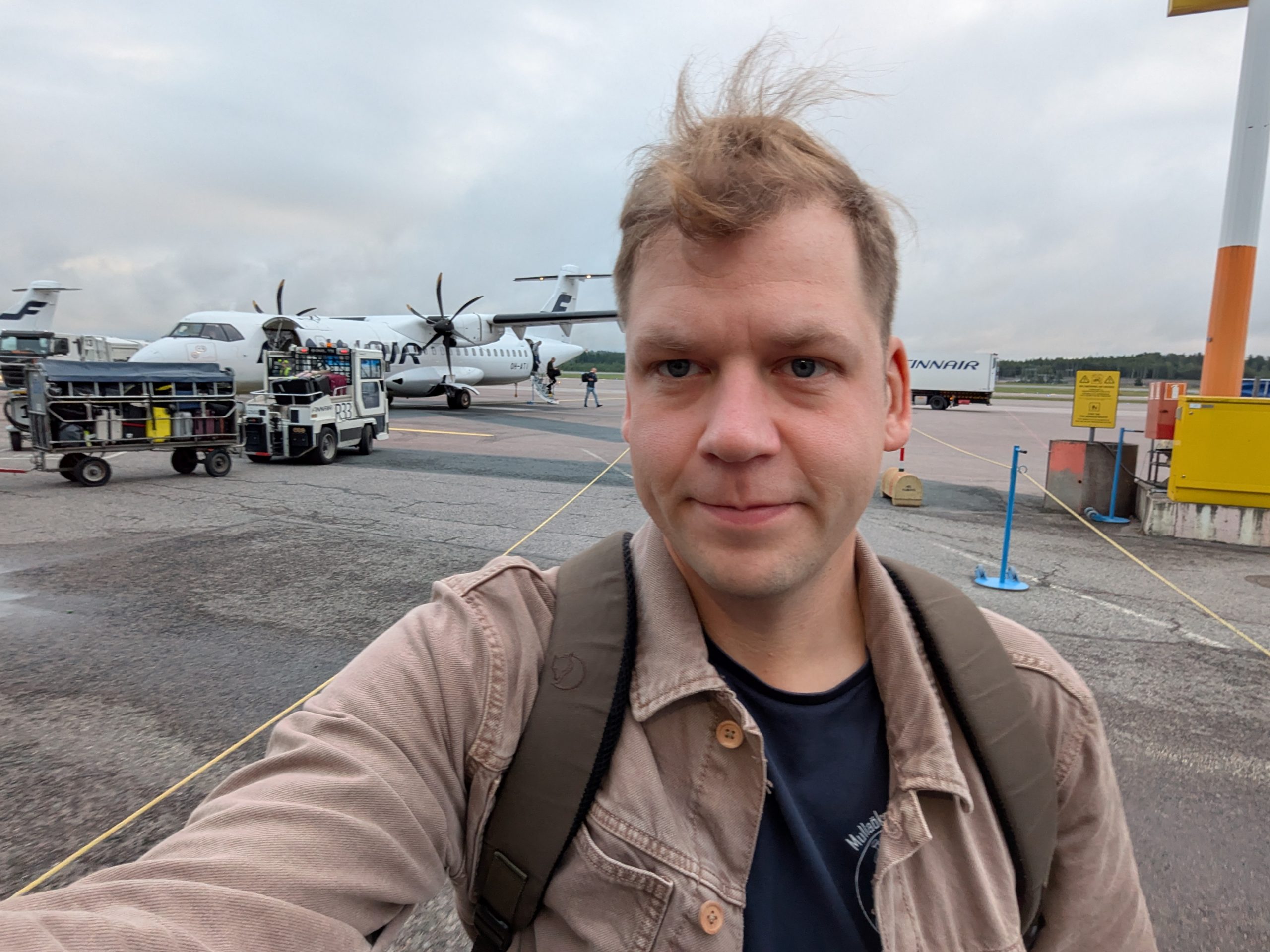
-
From Soil to Wings: Weaving the Northern Scientific Web in Saaremaa
From 9–12 October, the seminar “Weaving the Northern Web: Integrating Soils, Plants, Insects, and Ecosystem Dynamics” took place on Saaremaa. The event brought together researchers and students from universities in Sweden, Finland, and Estonia to discuss the intricate connections that shape ecosystems — from the biodiversity networks hidden in the soil to the plants and insects above. […]
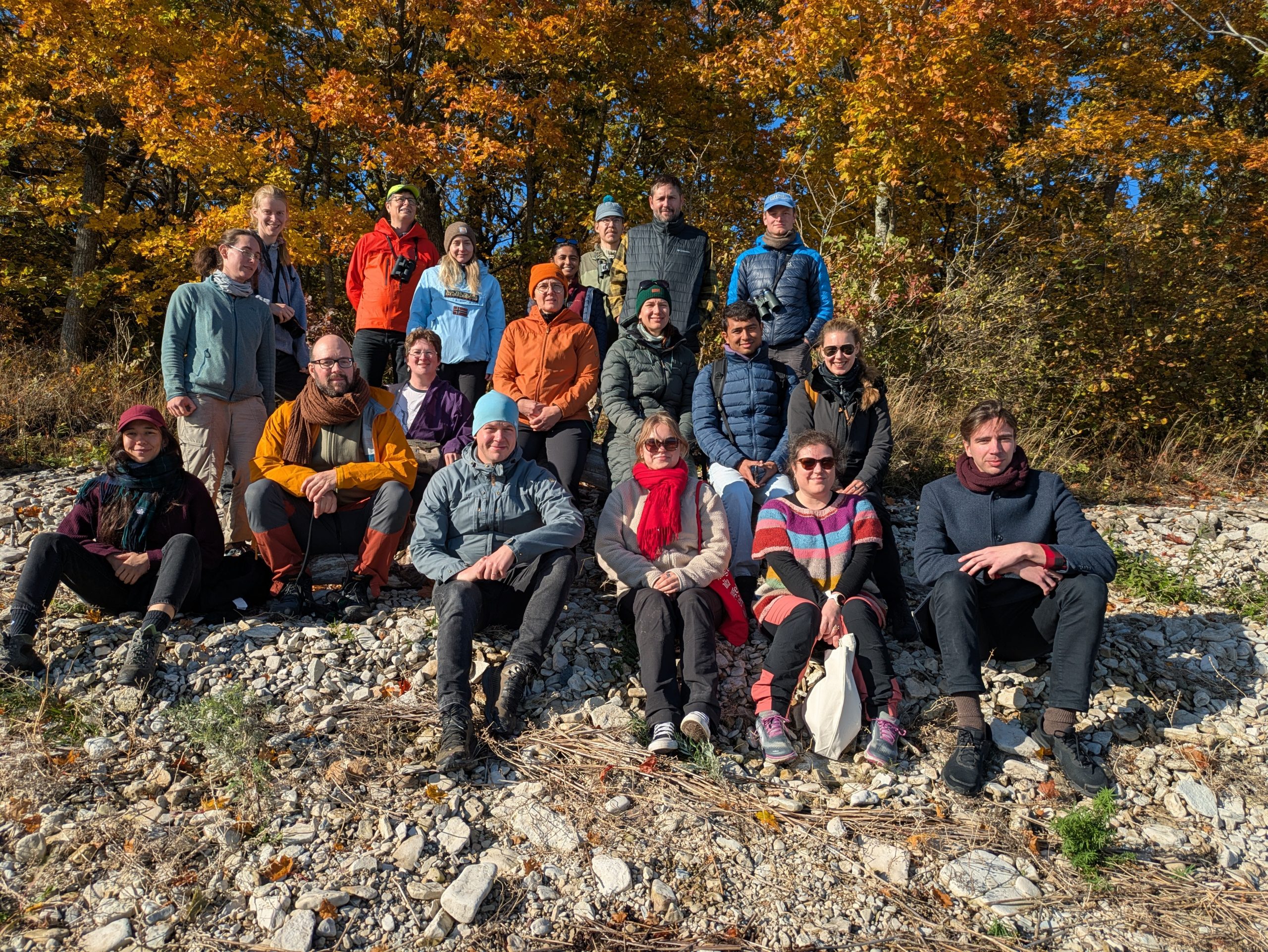
-
Estonian Mycological Society Fungal Foray 2025
Last weekend (26–28 September 2025), members of the Estonian Mycological Society and invited participants gathered for the annual autumn fungal foray, exploring diverse landscapes in Lääne-Viru County (Virumaa). The program began Friday at Pajuveski village, with visits to the Vainupea coastal dunes and Eisma pine forest, followed by an evening mushroom quiz. Saturday featured excursions […]
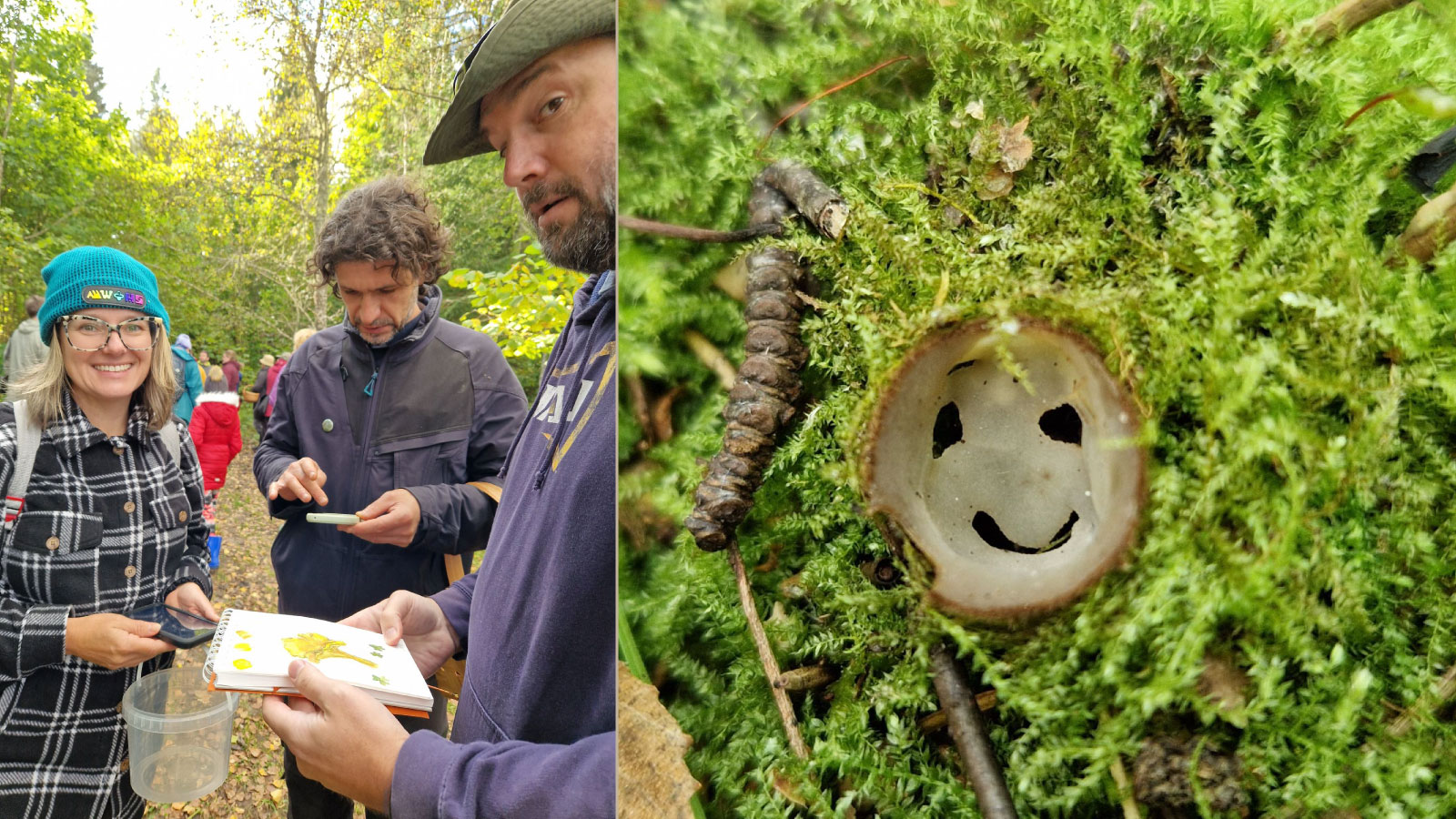
-
Soil Ecology team at the conference on Societal Responses to Environmental Crises and Energy Transitions
Soil Ecology Work Group sociology partners participated in ESA RN12 ‘Environment and Society’ mid-term and Energy and Society Network 7th international joint conference “Societal Responses to Environmental Crises and Energy Transitions” in lovely Kaunas, Lithuania 24-25 September, 2025. Eveli Neemre and Maie Kiisel spoke about how agricultural land users respond to polycrisis and the corresponding […]
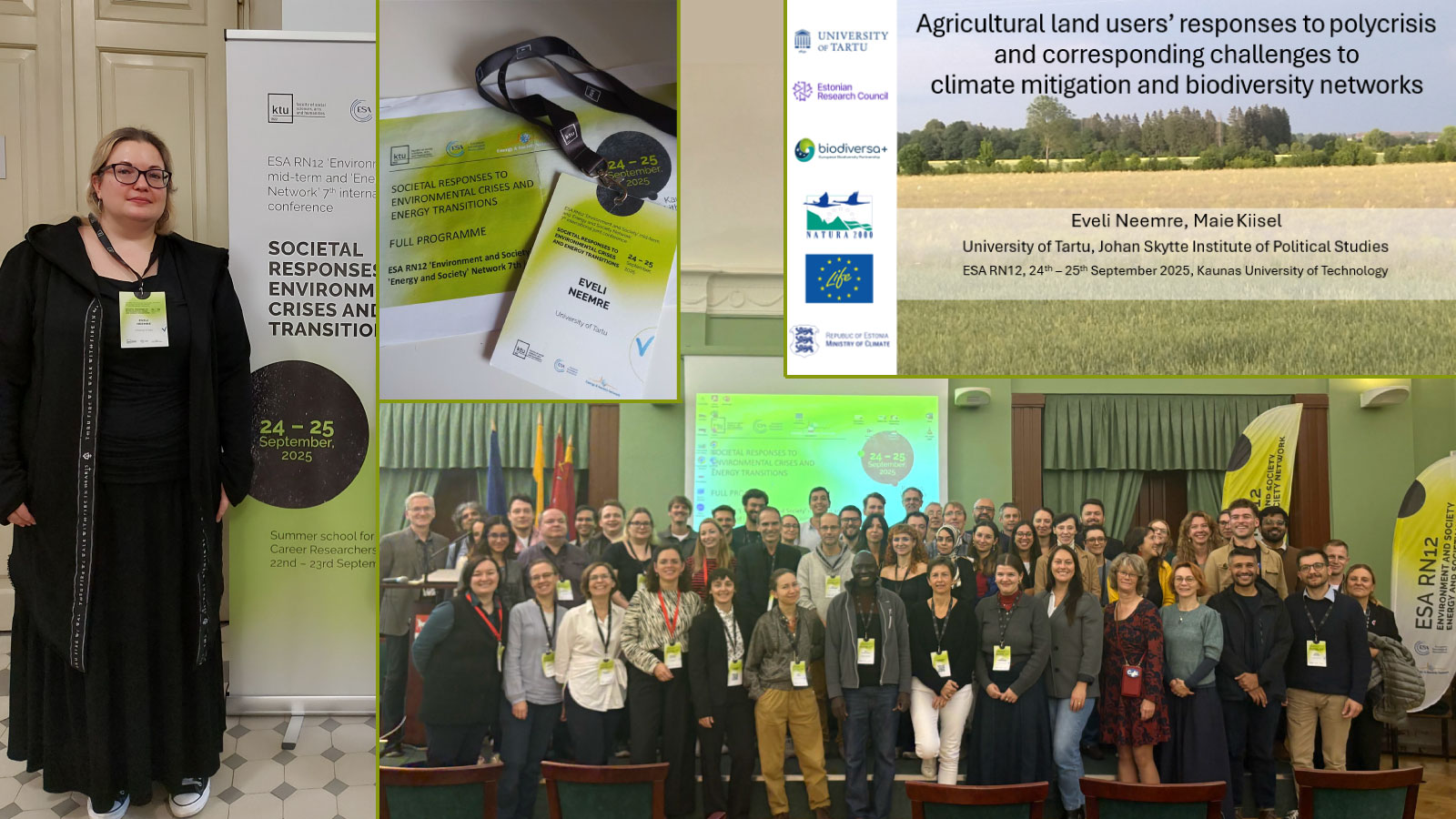
-
A Thrilling Start to the New Academic Year for the Soil Ecology Working Group!
The new school year has kicked off with great energy and enthusiasm for the Soil Ecology Working Group! Alongside our ongoing research initiatives, we are proud to celebrate the academic progression of three of our dedicated team members at the University of Tartu. We are incredibly proud of their achievements and excited to see how […]
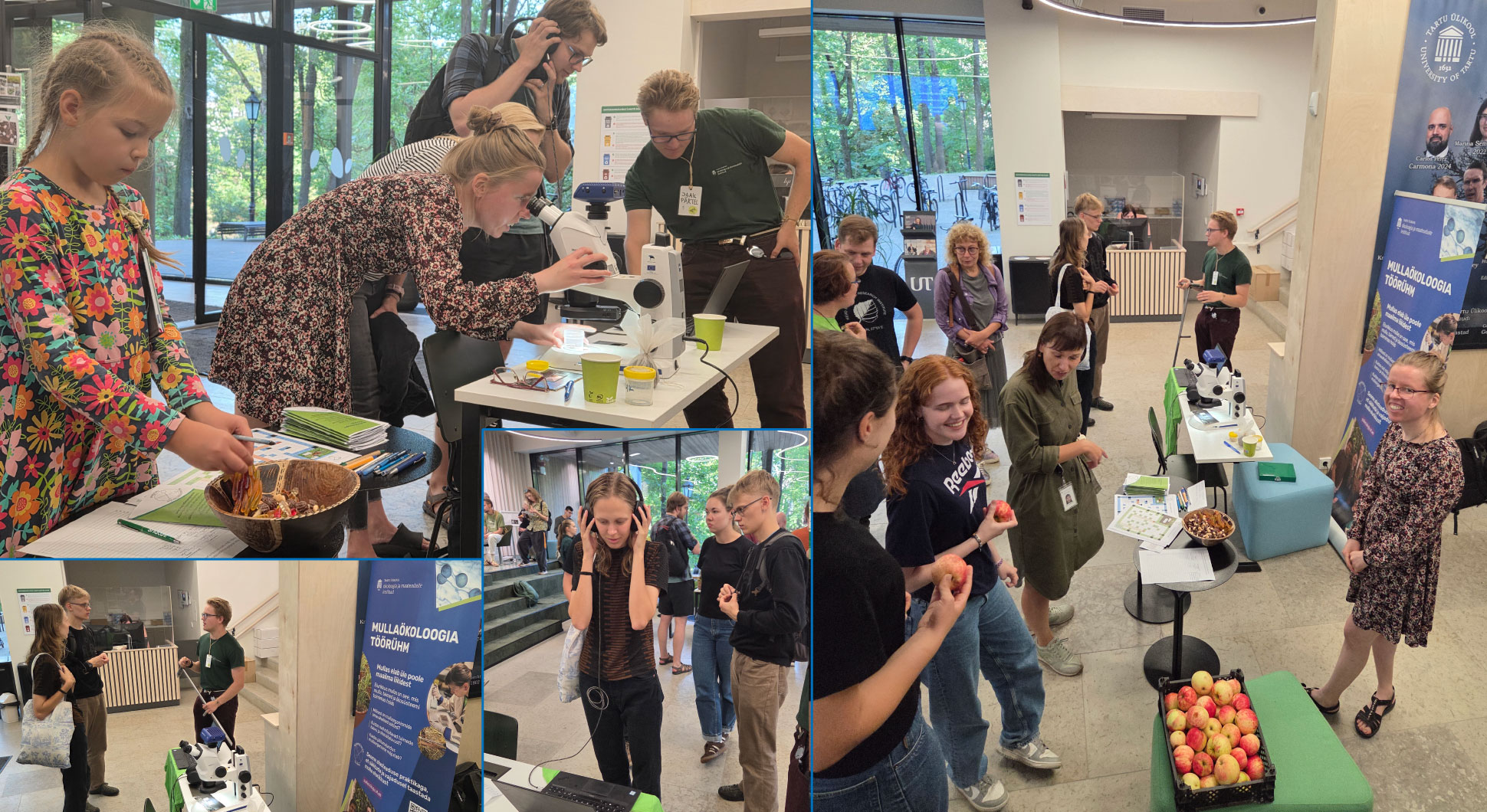
Soil Ecology

Who lives in the soil? What is their role there? How do they interact with each other?
How do management and natural disturbances affect soil organisms?
These are questions that the Soil ecology workgroup at the University of Tartu is investigating.
Our special focus is on fungi, including mycorrhizal fungi, but also bacteria, greenhouse gases and agricultural land-use. We are interested in patterns of soil biodiversity and its variation in natural systems such as grasslands and forests, and in human-influenced systems such as arable fields and disturbed areas.
We connect basic science with practice and create evidence-based management guidelines to help maintain and restore soil biodiversity. The soil is alive and the soil biota within it is what keeps the soil, plants and entire ecosystems functioning.
